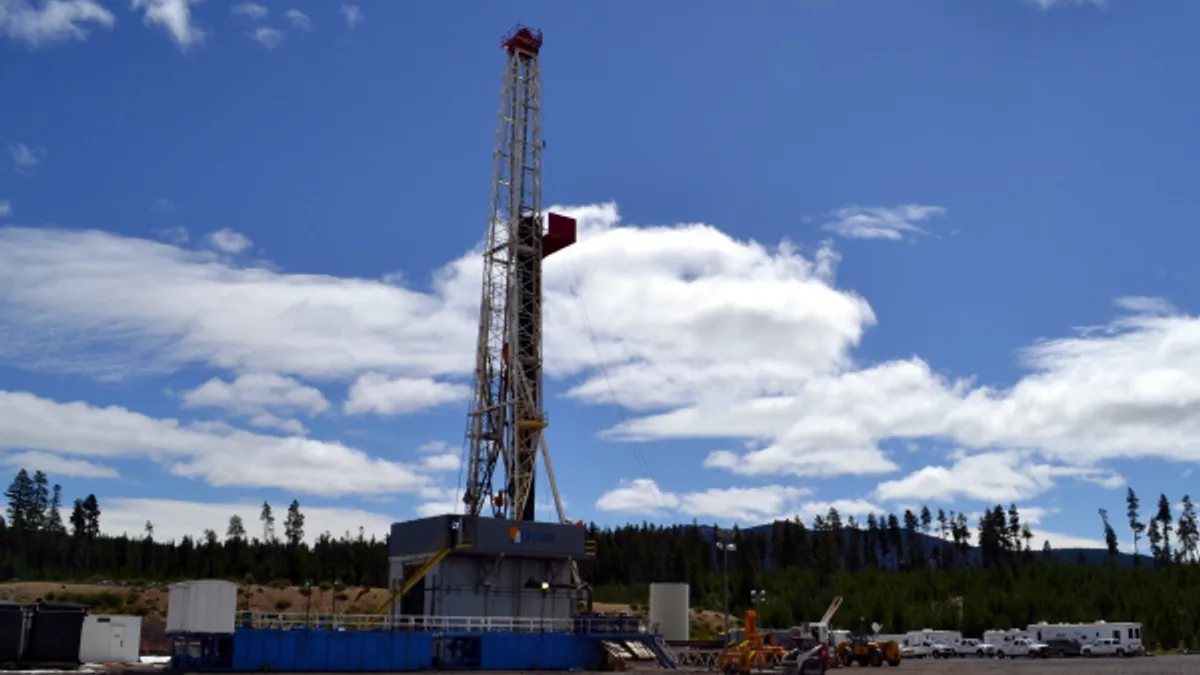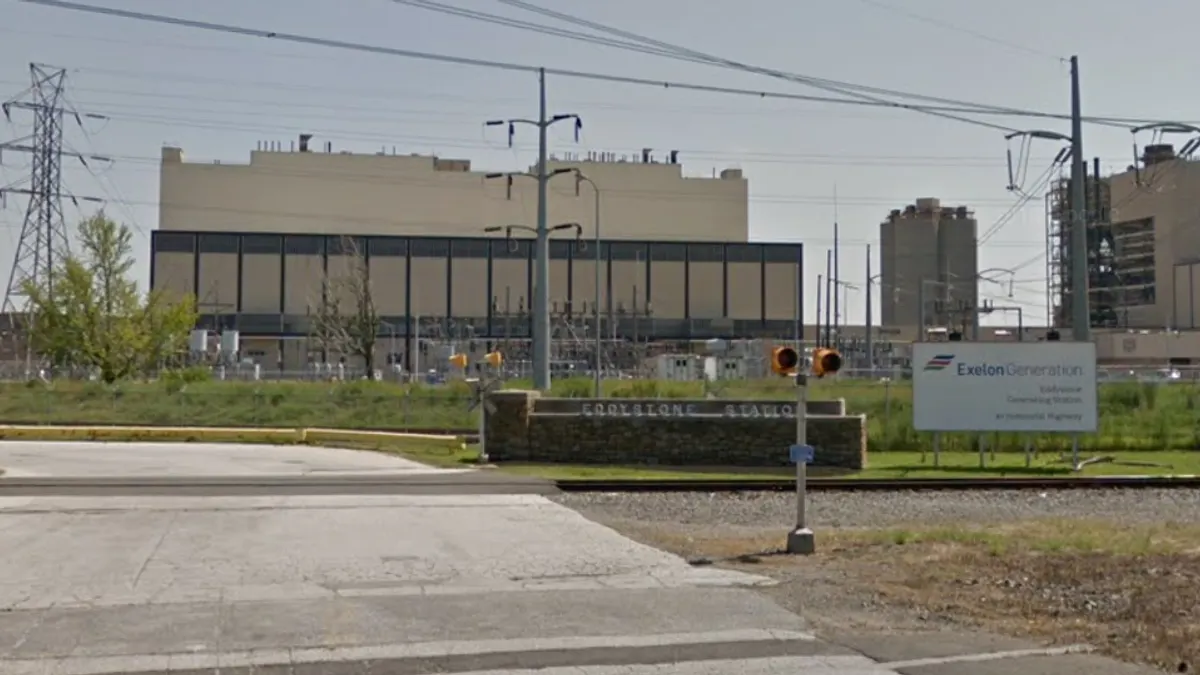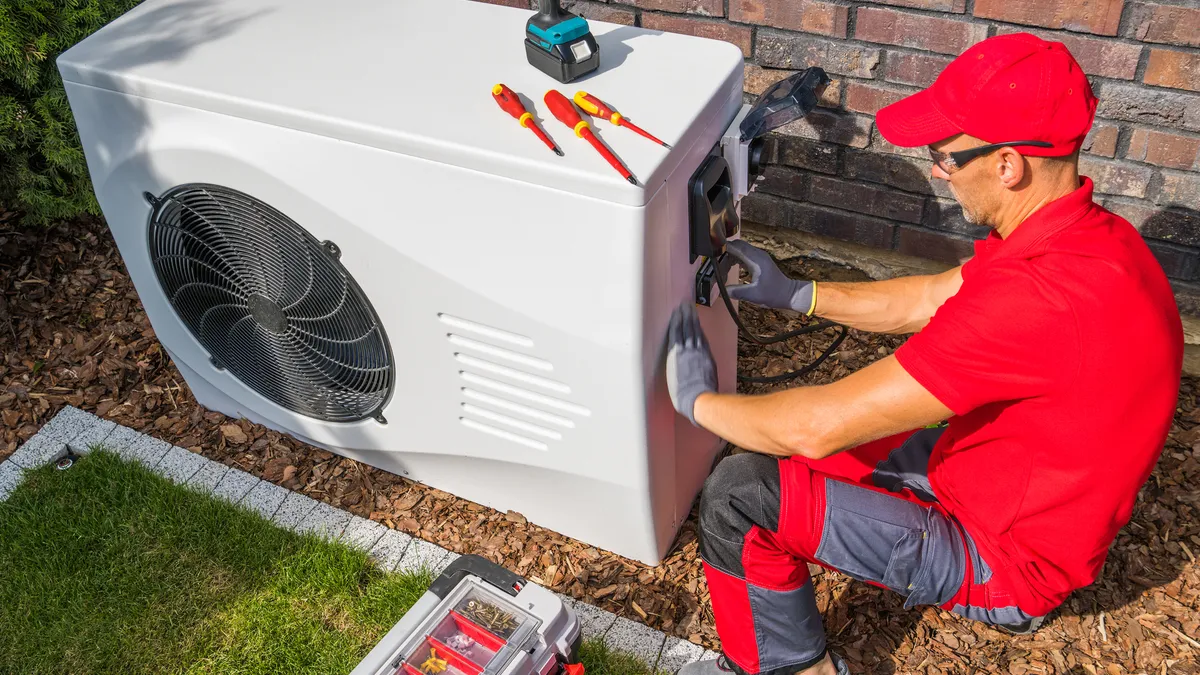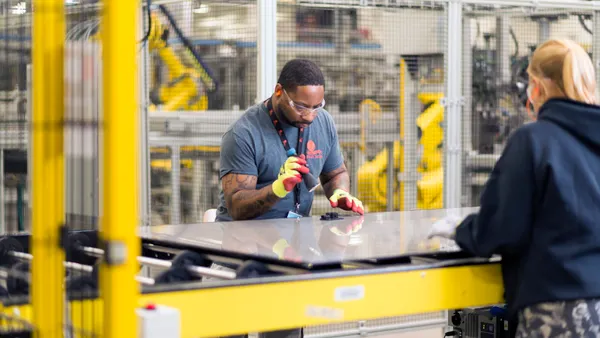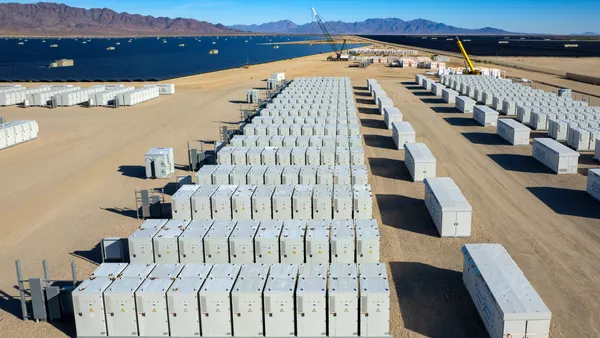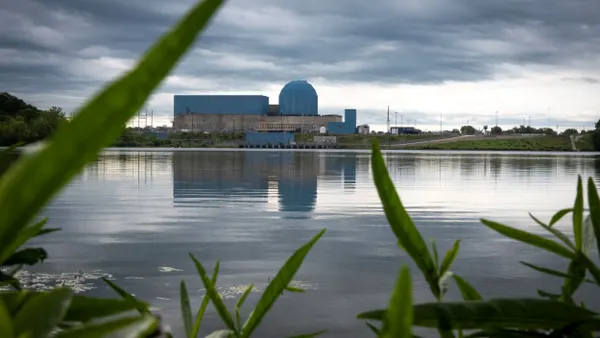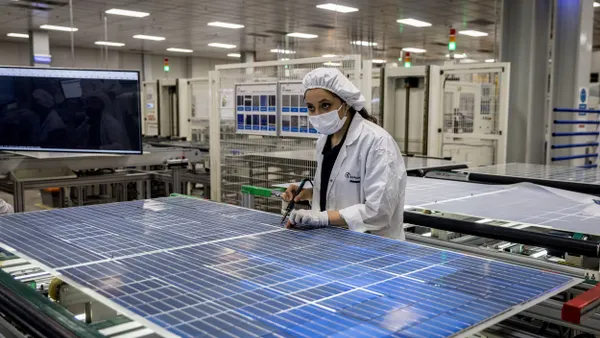The Department of Energy last week launched a research and development program into the production of superhot rock geothermal energy, a resource that is unused but has major potential — 1% of its U.S. capacity could provide 4.3 TW of firm power, according to the Clean Air Task Force.
DOE’s Advanced Research Projects Agency-Energy is offering $30 million in funding to begin its Stimulate Utilization of Plentiful Energy in Rocks through High-temperature Original Technologies, or SUPERHOT, program to provide access to reservoirs capable of producing 10 GW to 20 GW of baseload power at a competitive cost, ARPA-E said on Jan. 16. There is about 4 GW of conventional geothermal capacity in the United States, according to DOE.
DOE said the program aims to develop geothermal well construction that can last 15 years and transfer heat from the surrounding geologic formation to the well. Projects will seek to enable access to resources with temperatures greater than 375 Celsius and pressures greater than 22 megapascals, DOE said.
Superhot rock geothermal energy production faces major challenges, such as extreme operating conditions, including high temperatures, high-pressure corrosive fluids and repeated thermal cycling, ARPA-E said in its funding notice.
Globally, about 20 vertical and near-vertical boreholes have been drilled up to five kilometers deep to temperatures of up to 500 Celsius, according to ARPA-E. Most wells failed rapidly, and none are producing power, the agency said.
“This program represents growing momentum for [superhot rock geothermal] and will be critical to overcoming technical barriers and reaching commercialization at a meaningful pace,” Terra Rogers, director for Superhot Rock Geothermal at Clean Air Task Force, said in a press release.
The program builds on ARPA-E’s support for enhanced geothermal power, which included backing for industry leaders like Fervo Energy, AltaRock Energy and Eden Geopower, DOE said.
DOE in November awarded Mazama Energy a grant to support a superhot rock geothermal demonstration project near Bend, Oregon. The three-year project will use hydraulic stimulation, which combines hydraulic fracturing and shearing methods, according to the Plano, Texas-based company. The Newberry Volcano site where the project is located has up to 10 GW of geothermal potential, according to AltaRock Energy, one of Mazama’s founding companies.



